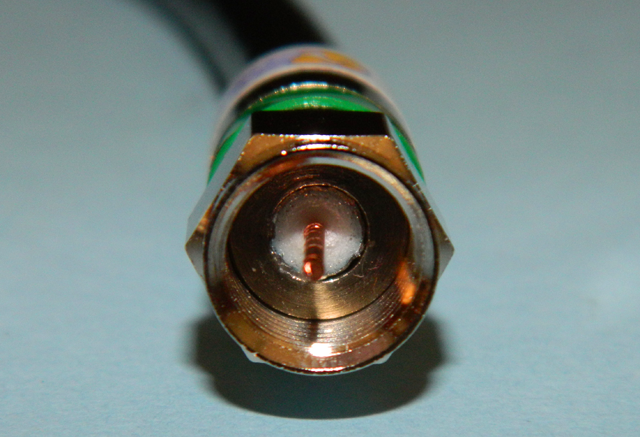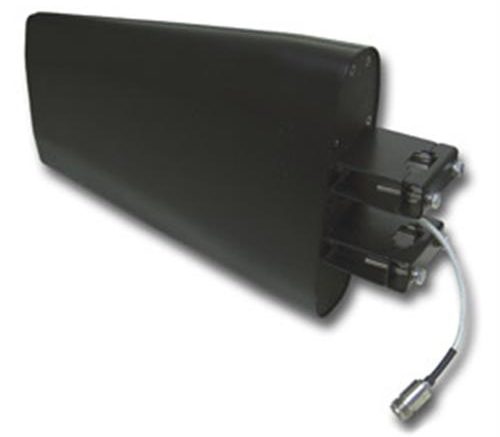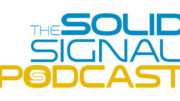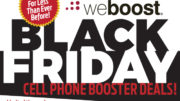Today’s cell booster kits come with everything you’ll need to use them. However, some people like to customize their systems. The good news is that for the most part all cellular antennas from all manufacturers will work with all boosters. There are just two things you need to look for:
The connector

An “F” Connector
The connector on the antenna is a fair indication of what kind of system it’s designed to work with. An “F” connector, similar to what you’ll find on antennas, is an indication that the antenna is designed to work with 75 ohm cable, while an “N” connector (seen below) is an indication that you will need 50 ohm cable.

An “N” connector.
It’s not really the connector that’s the problem, which is why you can’t just get a cheap adapter or cut the end off and put on a different connector. Systems that are designed for different impedance cables don’t work well together and it’s better to make sure the antenna you buy is designed for the booster you want to use. Converters that go from 50 to 75 ohm or vice versa are hard to find and expensive.
The frequency range
Most antennas are really best for a very limited set of frequencies. It’s important when you get an antenna that you’re working with the same frequency range used by the booster. It’s ok if the antenna also picks up frequencies you don’t need, so long as it does a good job picking up what you do need. If you want to make sure you’re picking up all cellular frequencies including those used for high-speed data, make sure that the antenna is rated for 700MHz to 1900MHz. If it’s not, your cellular signal booster isn’t going to get the signal it needs.
Gain
Oh and of course… there’s one more thing: gain. Obviously you want to get an antenna whose gain matches your needs. In the case of antennas, gain is usually measured in dBi, which is a number indicating how much better a particular antenna is than a reference antenna in a lab. It’s typical for a cellular antenna to have between 7 and 15 dBi gain. While more is better, if the signal overloads your booster the booster will reduce power to compensate so getting a really big antenna could be a waste of money.
Is it worth it?
In general, the antenna that comes with your cellular signal booster is going to be the right one for your situation. You can spend hundreds or even thousands of dollars on more sensitive cellular antennas if you want. In the end they may not do much for you. But certainly there are cases where a new cellular antenna can help. If your cell booster comes with a monopole antenna (the straight up and down kind) moving to a wedge-shaped yagi could help. Also, if you’re right on the edge of the service area, a more sensitive antenna can really help. I’m talking about 1.5 – 2 miles from a cell tower. It’s generally not possible to get good service beyond that point.
Get the cellular booster of your dreams
Of course, you can shop for cellular antennas at Solid Signal. You’ll find every antenna from all of the top brands. Not sure what you need? Call us at 888-233-7563 during East Coast business hours and we’ll guide you through the process!





